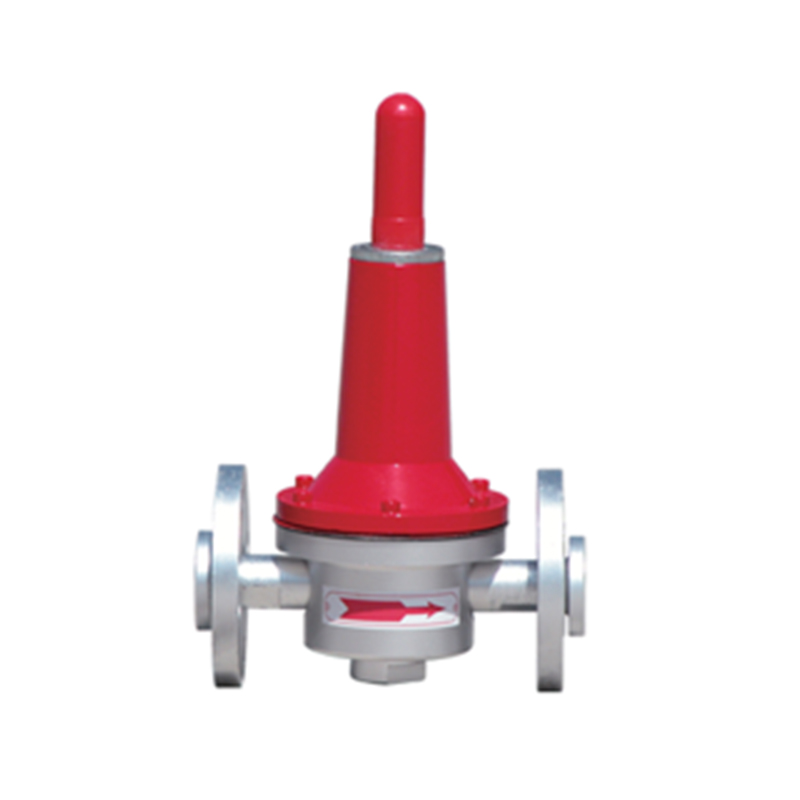
Nov . 07, 2024 09:56
Back to list
Understanding the Functionality and Importance of High Pressure Regulators in Various Applications
Understanding High Pressure Regulators Principles and Applications
High pressure regulators are critical devices in various industrial, commercial, and residential applications. Their primary function is to control and reduce the pressure of gas or liquid flowing from a high-pressure source to a lower, usable pressure. By doing so, they ensure safety, efficiency, and the proper functioning of equipment that utilizes these fluids. This article delves into the principles, types, and applications of high pressure regulators.
Principles of High Pressure Regulators
At their core, high pressure regulators work based on pressure balancing principles. When gas or liquid enters the regulator, it typically comes from a high-pressure source such as a gas cylinder or a pressurized pipeline. The regulator has a sensing mechanism, often a diaphragm or a spring-loaded mechanism, that responds to changes in the downstream pressure.
When the downstream pressure exceeds the desired setpoint, the regulator automatically adjusts to reduce the flow of fluid, thus maintaining a consistent output pressure. Conversely, if the downstream pressure drops below the desired level, the regulator opens wider to allow more fluid to flow, compensating for the drop in pressure. This dynamic adjustment is crucial for maintaining the reliability and safety of many systems, particularly those that involve combustion processes or chemical reactions.
Types of High Pressure Regulators
High pressure regulators can be classified into several types based on their design and intended applications
1. Single-Stage Regulators These are typically used for applications where the pressure difference between the input and output is not extremely high. They provide a straightforward solution for basic pressure regulation needs.
2. Two-Stage Regulators More complex than single-stage regulators, two-stage designs are ideal for high-pressure applications where significant pressure drops are required. The two-stage process enhances pressure control stability and minimizes fluctuations, making them suitable for sensitive applications.
3. Back Pressure Regulators These regulators maintain the upstream pressure fixed by allowing fluid to flow only when the downstream pressure exceeds a certain limit. They are often used in systems where it’s essential to maintain a specific pressure in the supply line.
4. Dome-loaded Regulators These regulators use an external pressure, usually from a gas, to control the output pressure. This design can be advantageous in applications with varying inlet pressures, as they can provide a more stable output.
high pressure regulators

5. Electronic Regulators With advances in technology, some high pressure regulators now incorporate electronic controls. These devices feature sensors and microcontrollers that allow for precise adjustments and monitoring, offering enhanced performance in applications requiring high precision.
Applications of High Pressure Regulators
The applications of high pressure regulators are vast, spanning multiple industries
- Industrial Manufacturing In manufacturing settings, high pressure regulators are essential for processes involving gases like oxygen, nitrogen, and hydrogen. They ensure that these gases are delivered at correct pressures for welding, cutting, or chemical processes.
- Medical Applications In hospitals, high pressure regulators are used in gas delivery systems, ensuring that gases such as oxygen are supplied at safe and effective pressure levels for patient use.
- Oil and Gas Industry Regulators are critical in oil and gas operations, controlling pressures in wells and pipelines, and ensuring safety in the transportation of gases and liquids.
- Aerospace In aerospace applications, high pressure regulators are used in propulsion systems and life support systems, where precise pressure control is paramount.
- Research Laboratories Chemical and biological research often requires precise gas flow and pressure control, where high pressure regulators play a vital role in experimental setups.
Conclusion
High pressure regulators are indispensable tools in modern industry, providing the necessary control over gas and liquid pressures to ensure safety and efficiency. By understanding their mechanisms, types, and applications, industries can make informed choices about their regulation needs, leading to enhanced performance and safety in their operations. As technology continues to evolve, the development of more sophisticated regulators promises to revolutionize various sectors, ensuring even greater control over fluid dynamics.
Latest news
-
Safety Valve Spring-Loaded Design Overpressure ProtectionNewsJul.25,2025
-
Precision Voltage Regulator AC5 Accuracy Grade PerformanceNewsJul.25,2025
-
Natural Gas Pressure Regulating Skid Industrial Pipeline ApplicationsNewsJul.25,2025
-
Natural Gas Filter Stainless Steel Mesh Element DesignNewsJul.25,2025
-
Gas Pressure Regulator Valve Direct-Acting Spring-Loaded DesignNewsJul.25,2025
-
Decompression Equipment Multi-Stage Heat Exchange System DesignNewsJul.25,2025

